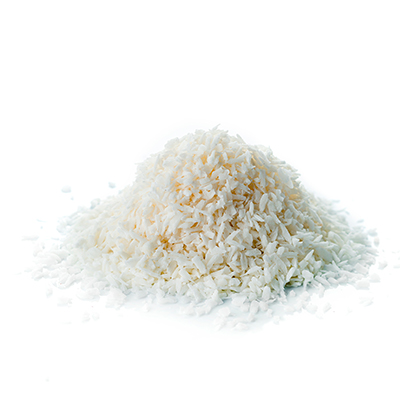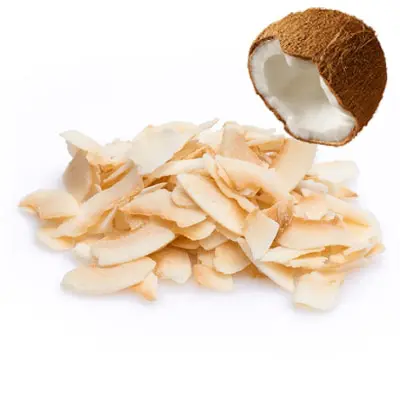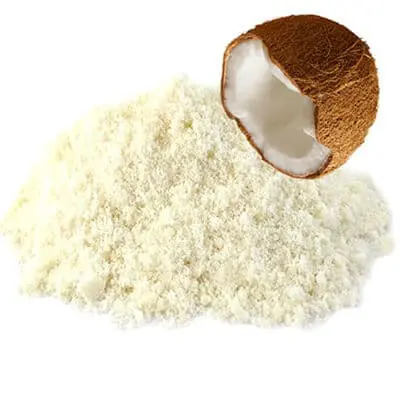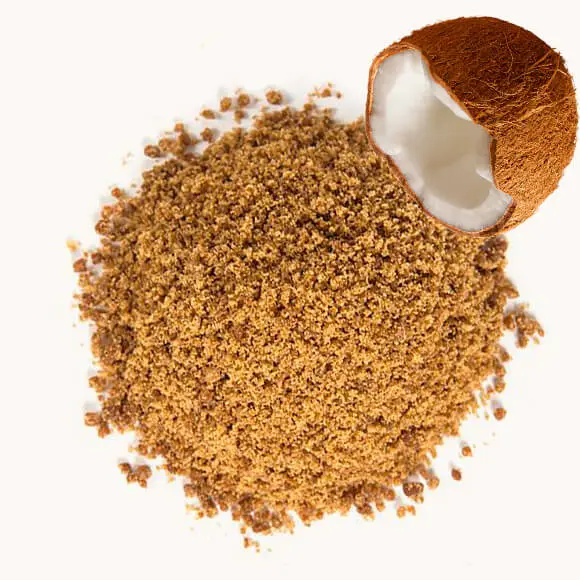The coconut palm (Cocos nucifera) is an image that comes to mind at the mere mention of any tropical location. They lean over beaches, appear in artistic photos silhouetted against a setting sun, hold up hammocks for vacationers across the Pacific and into the Gulf of Mexico, and on across the world around the Mediterranean Sea and the Indian Ocean. In short, they can represent everything wonderful and relaxing about a tropical vacation the world over.
But much more importantly, the coconut palm was thought of as the ‘tree of life’ by all the cultures in which it was found. Its leaves could be woven into roofing material, its wood could be used as building material for shelter and sea-going boats. The fruit of the coconut palm provides an edible white flesh as well as high-electrolyte water.
The actual origin of the coconut palm has been a hot topic for decades. The coconut itself floats, leading to widely held theories that the tree, originating in the India- Indonesian part of the world, distributed itself by floating across the oceans to then populate other tropical shores. But this theory, based on a belief that coconuts can drift for thousands of miles over three months or so, and still be able to germinate on that far-flung shore, has been hotly contested.

Thor Heyrdahl carried coconuts with him on his famous voyage across the Pacific Ocean on his raft the Kon-tiki. Coconuts kept in baskets and away from the sea water remained edible and capable of germinating after many months. But the rest of his supply, kept below deck in seawater, were all ruined. He stated unequivocally that no coconut can float over sea faster than a balsa raft moves with the wind behind it. In other words, there was no way a coconut bouncing along the waves from Indonesia would not be ruined well before it reached a shoreline thousands of miles away. So it seems there might be some credence to the theory that the spread of coconut palms was deliberately facilitated by humans in their trans-Pacific adventures. Of course, this would make sense, given the value of these trees in supporting all facets of their lives! The travelers needed to insure they would have their ‘tree of life’ to sustain them in any newfound lands!
What do we do with coconut now in the 21st century? We may not need the tree for basic shelter and we may prefer to use stronger materials than palm leaves to protect us from the elements. But the nutritional value of coconut flesh and water has become well known and has inspired us to find many different ways in which to incorporate them into our diets.
Coconut oil is popular for frying; coconut meat is used fresh or dried in cooking, and desiccated coconut (and the milk made from it) is used as flavoring in savory dishes and used in all kinds of nutrition bars and desserts.
Aside from enhancing flavors in our cuisine, what are the benefits of using desiccated coconut?
One ounce of desiccated coconut gives us 778 micrograms of manganese (43 percent recommended daily intake for women) and 226 micrograms of copper (25% of the recommended daily intake). These two minerals play key roles in supporting the strength of our skin, tendons, ligaments, bones and teeth by being integral in the production of collagen. Copper also activates enzymes responsible for production of neurotransmitters and myelin which helps cells conduct electricity. Of special interest as our population ages, is that there has been a lot of study on how coconut may be used in the treatment of Alzheimer’s Disease. A study published in ‘Journal of Alzheimer’s Disease’ in October 2013 found that coconut oil shields nerve cells from protein plaques, “which would otherwise drive Alzheimer’s disease progression”.
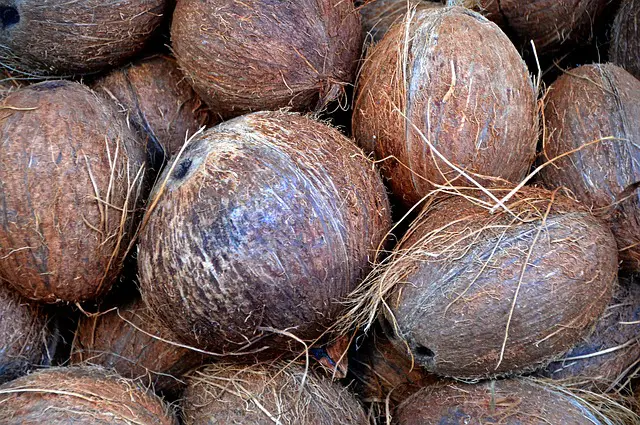
Enjoy coconut in your sauces, salads, desserts, and beverages – your body will appreciate the benefits, while you can savor the flavors!
One of the newest trends for desiccated coconut is various types of sweetened, flavored chips. There are many flavors that complement the texture and flavor of coconut, such as chocolate, coffee, lime or lemon, chili and many others.
For more information:
Health Benefits of Dehydrated, shredded Coconut
http://healthyeating.sfgate.com/health-benefits-dehydrated-shredded-coconut-8278.html
What are the Health benefits of Desiccated coconut?
https://www.livestrong.com/article/469237-what-are-the-health-benefits-of-desiccated-coconut/
Cracking Coconut’s History
https://www.aramcoworld.com/en-US/Articles/January-2017/Cracking-Coconut-s-History
Is coconut Water Good for You?
https://draxe.com/is-coconut-water-good-for-you/

